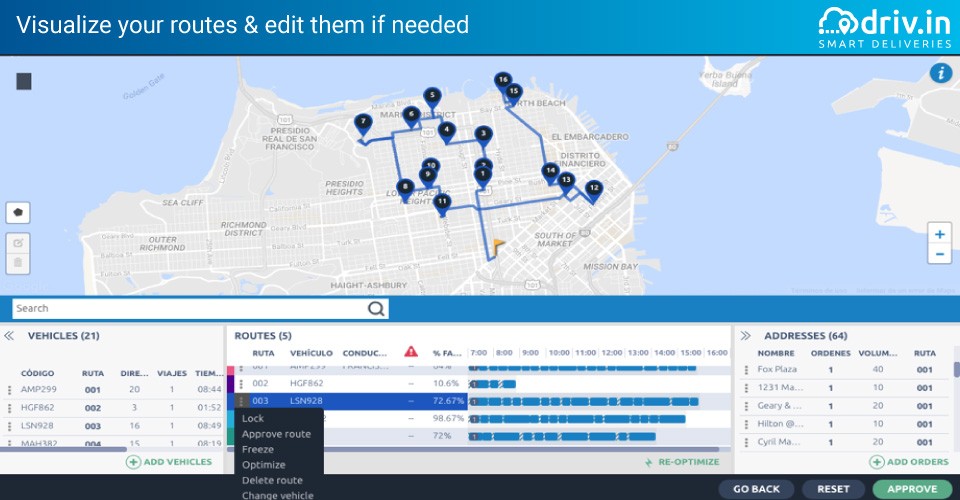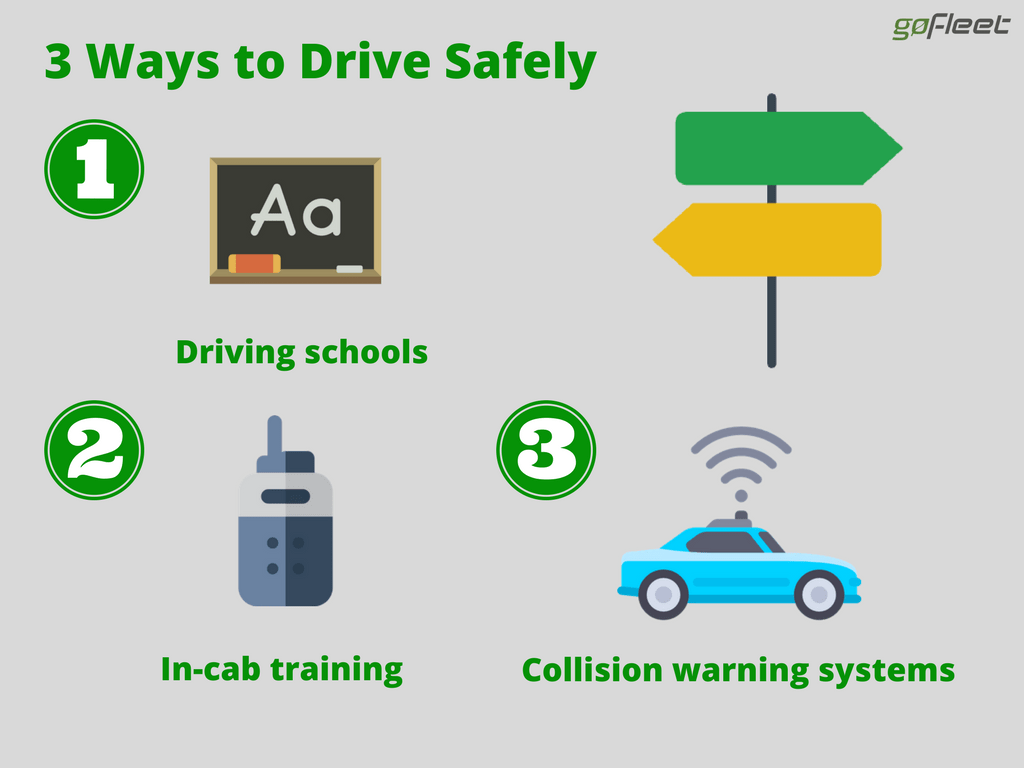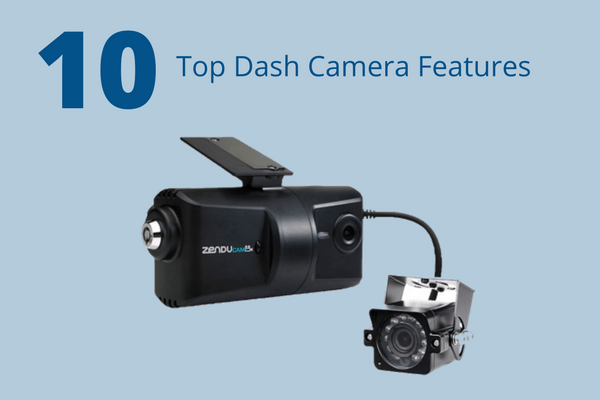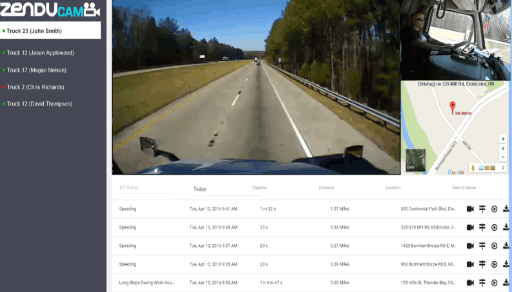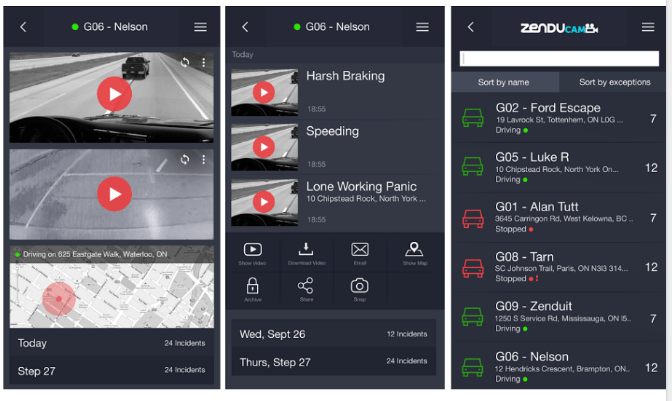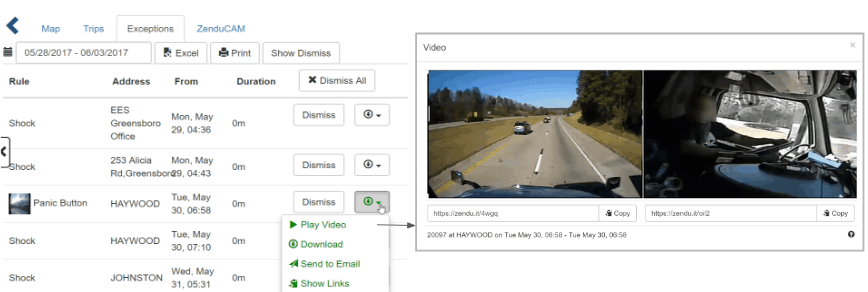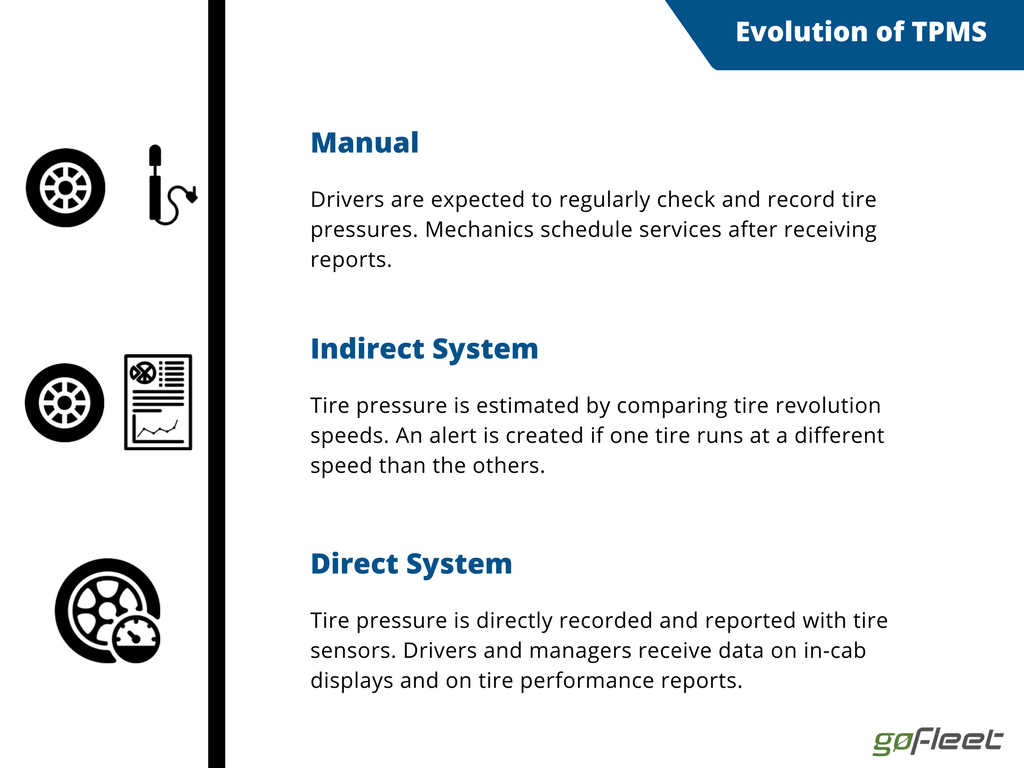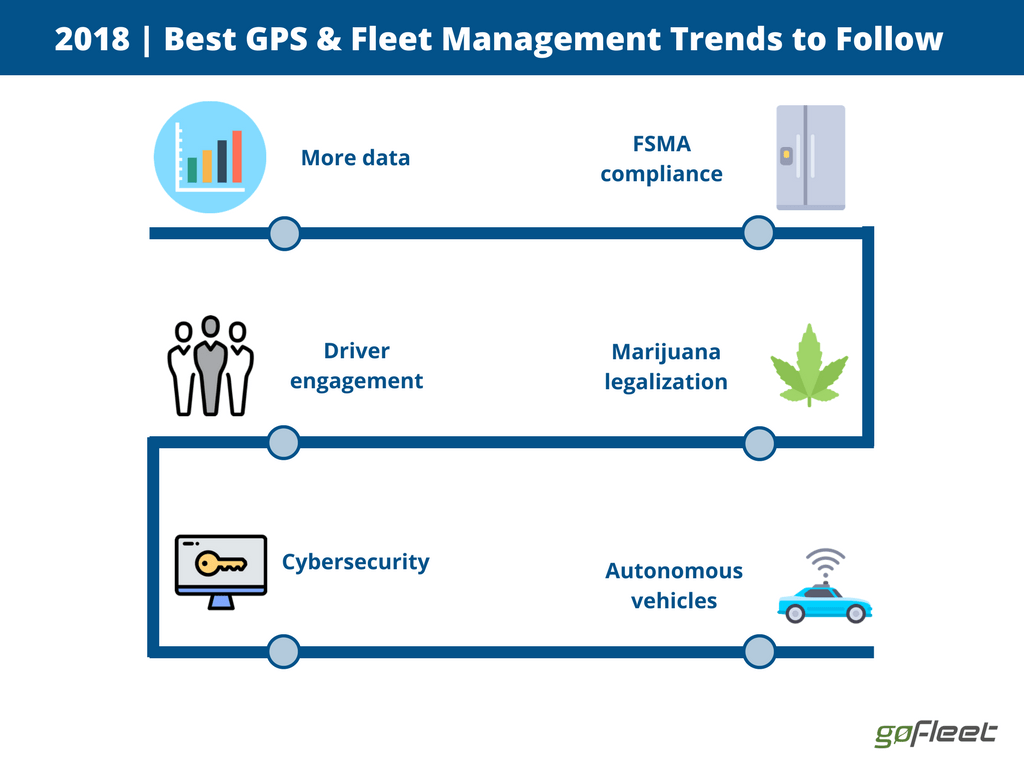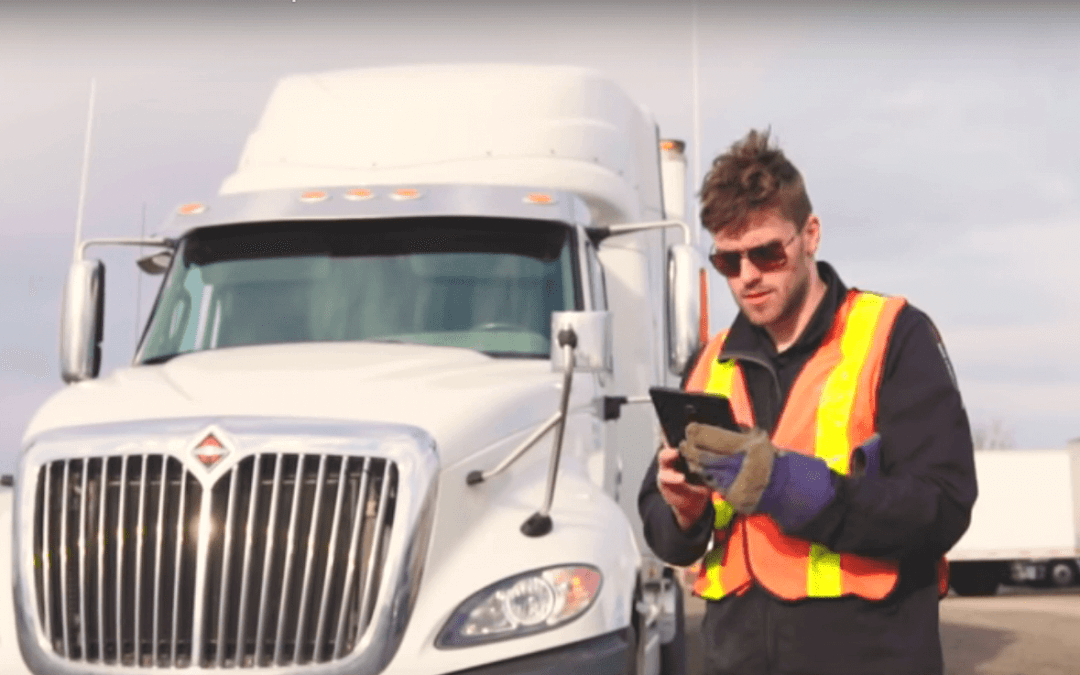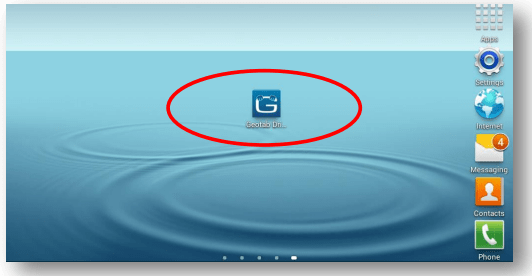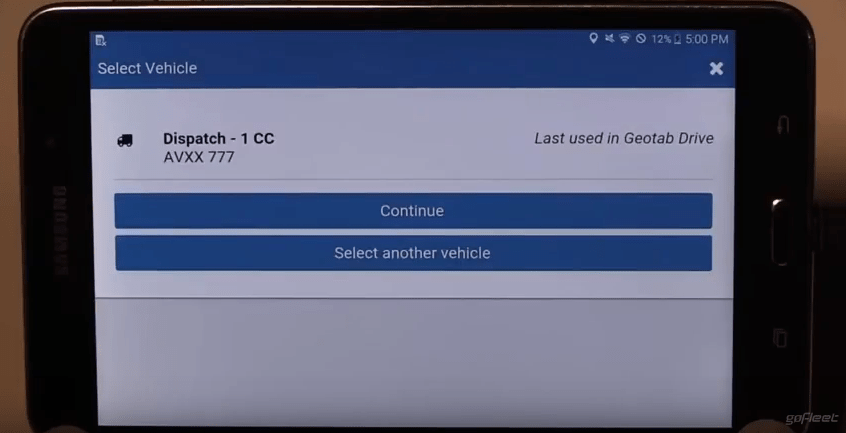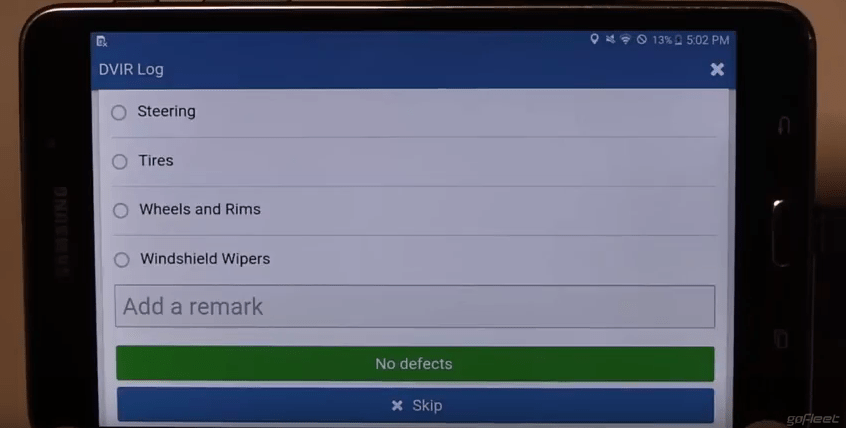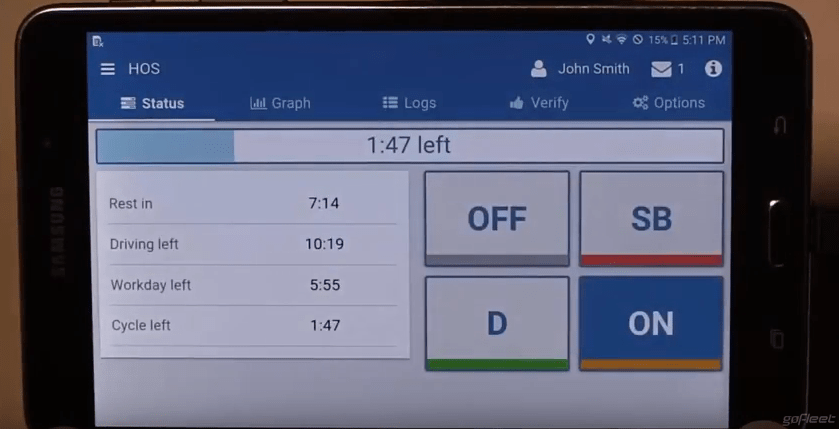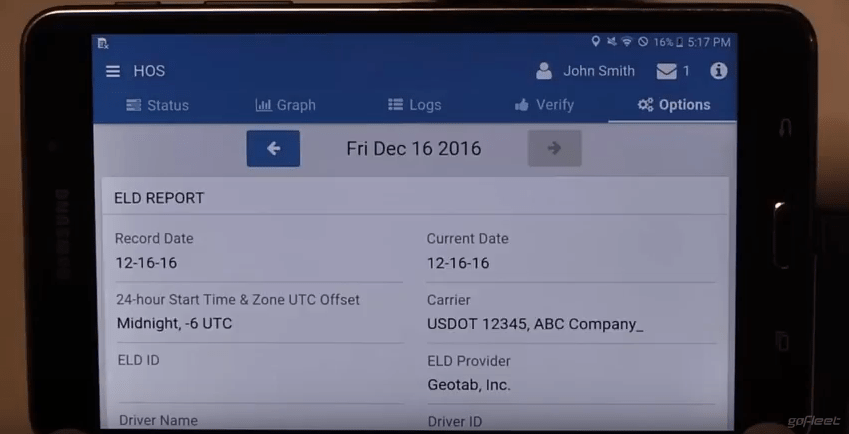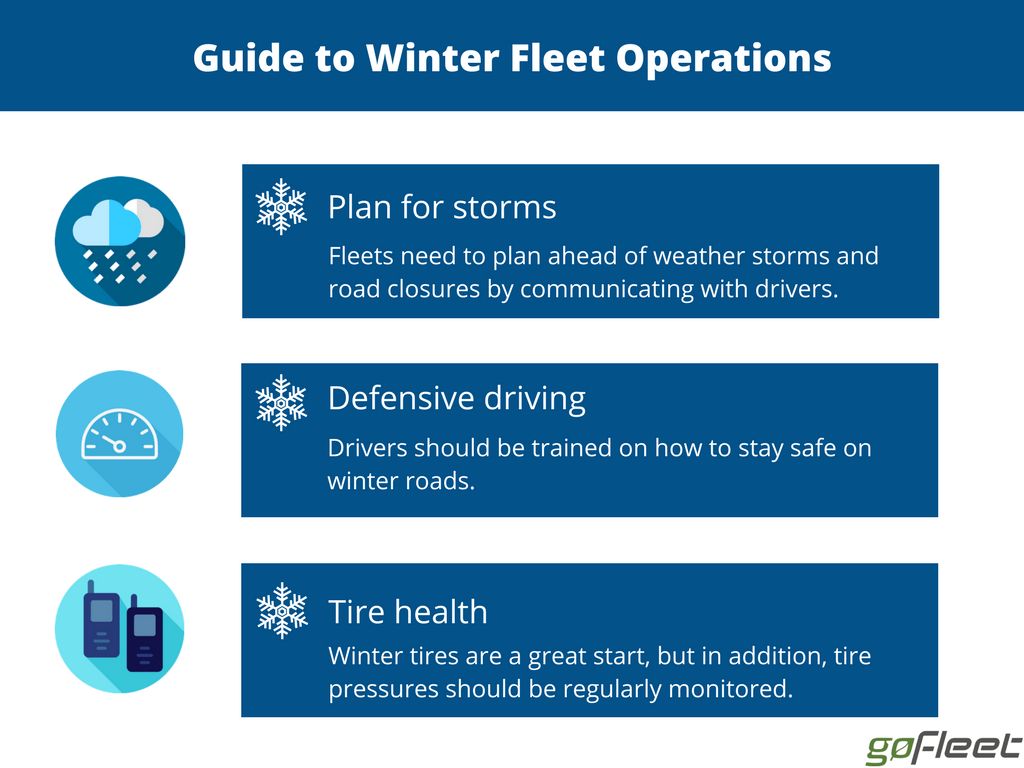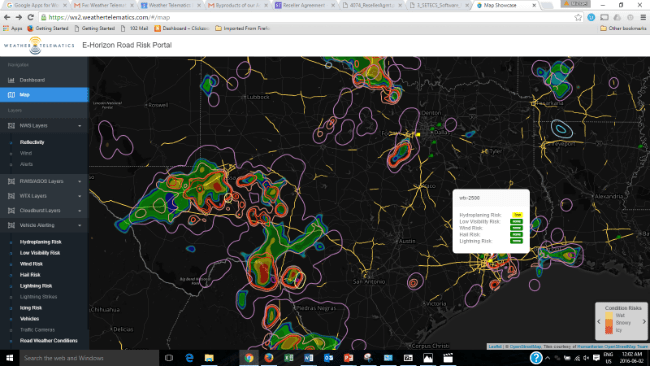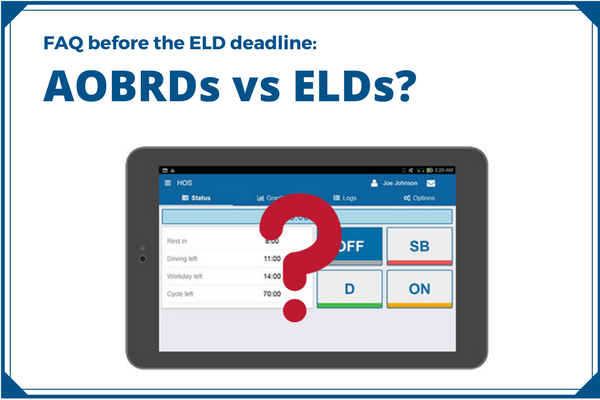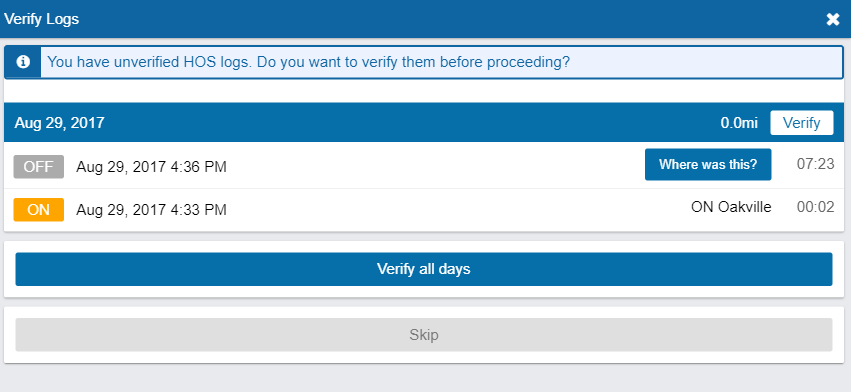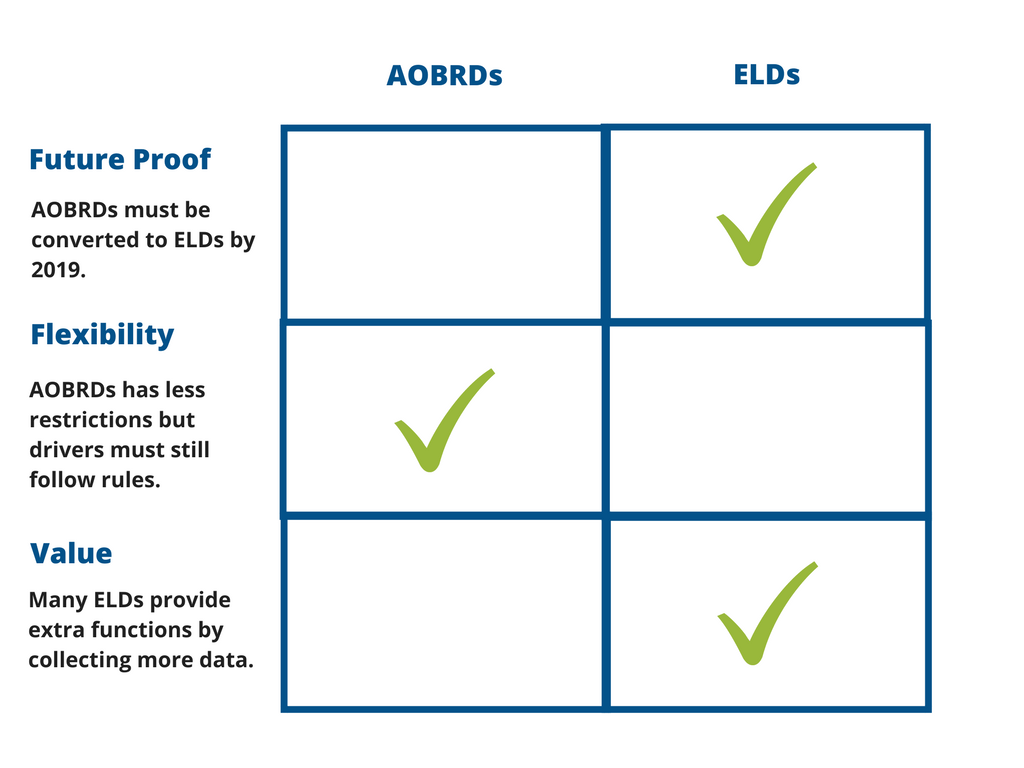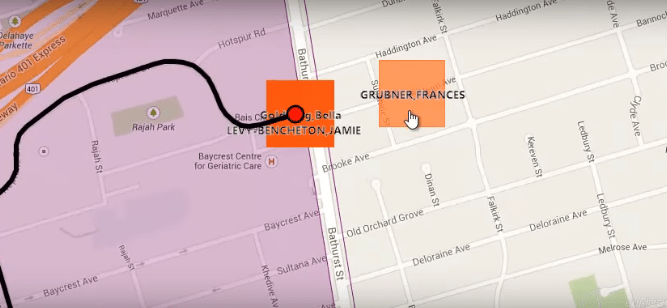“Does GoFleet provide GPS tracking for electric vehicles?”, a customer asked this year.
That question is a fantastic sign for electric vehicles! EVs are gaining steam with the general public and with fleets.
For example, a number of city fleets are planning to mass purchase EVs. Major cities like Los Angeles, Seattle, San Francisco and Portland plan to add electric police cruisers, street sweepers, and trash haulers.
What if their next step is installing GPS tracking? Then there is good news! GPS tracking for electric vehicles is totally possible and is a good solution for common EV issues.
GPS tracking for electric vehicles solves the following issues:
1) How can I plan routes so electric vehicles do not run out of battery?
Battery life is one of the biggest barriers to running a EV fleet. A lot of EVs have limited range and need to recharge during the day.
This causes headaches for route planners. Which vehicle should I assign to the job? When does the vehicle need to recharge? What if the vehicle gets stuck on the road? Indeed, route planners can spend hours or days answering these questions.
Thankfully, route management tools answer these questions.
Here’s an example of how route planning works. First, all jobs are imported into the the system. Then, restrictions such as vehicle range are entered. Afterwards, the software calculates each vehicle’s route. Finally, drivers receive the route on in-vehicle displays.
2) How can I maintain my electric vehicle?
One of the benefits of EVs is that it requires less tinkering than regular vehicles. This doesn’t mean EV maintenance should be ignored!
Battery, motor, and tire checkups are all important areas to look at. Some EV fleets use CMMS to track these jobs.
CMMS is a computer software that tracks vehicles and schedules their maintenance. For instance, fleets can digitally remind and track motor checks. As a result of using CMMS, fleets extend a EV’s useful life.
3) How can I protect my vehicle from theft?
Owners need to protect their electric vehicles from thieves. EVs are an attractive target because of their high value … except for this one!
Thieves avoid the Tesla Model S like the flu! It’s not because they think the Model S is a piece of junk. In fact, it’s quite the opposite! Most thieves know that the Model S has built-in GPS tracking. Stealing a Tesla S is an invitation to get caught!
However, what if tracking devices are not included with the EV? In that case, installing a GPS tracker is the best move.
A lot of GPS trackers are easily installed. For example, Geotab units can be discreetly installed in about 15 minutes. After installation, owners get peace of mind – the tracker will quickly locate and recover stolen vehicles.
4) How can I keep a strong battery life?
Similar to anything that’s battery powered, EV owners need to prevent battery drain. Some tips to preserve battery life includes:
Batteries should be kept away from hot temperatures. EV batteries are damaged by overly hot temperatures.
Stop charging the battery once it’s full. Battery damage can occur by overloading the battery with voltage.
GPS tracking is a great way to implement these tips. Consider the following example.
Example
Geotab can prevent overcharges by creating voltage level reports:
- The first step is creating and checking voltage alerts. Let’s say the manager notices that a particular driver has a lot of alerts.
- The manager can then check the location of these alerts. Voilà – the manager then notices that these alerts occurred at a charging station.
- What does this mean? It means that the driver is charging the EV, even when it’s full! The manager can now train the driver to stop overcharging.
We’re excited for GPS tracking for electric vehicles to grow even more in 2018!
Links:
IEA: Electric vehicles have another record year, reaching 2 million cars in 2016
Geotab: Drivin Smart Deliveries
Tech Times: Everyone loves Tesla Motor S except thieves: Here’s why
CleanTechnica: Battery Lifetime: How Long Can Electric Vehicle Batteries Last? https://cleantechnica.com/2016/05/31/battery-lifetime-long-can-electric-vehicle-batteries-last/
CRS Automotive: What Maintenance Do Electric Vehicles Need?
